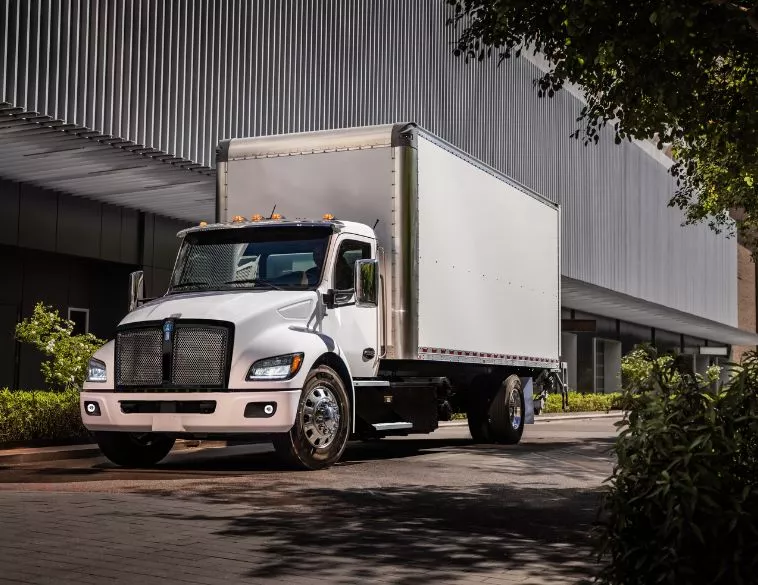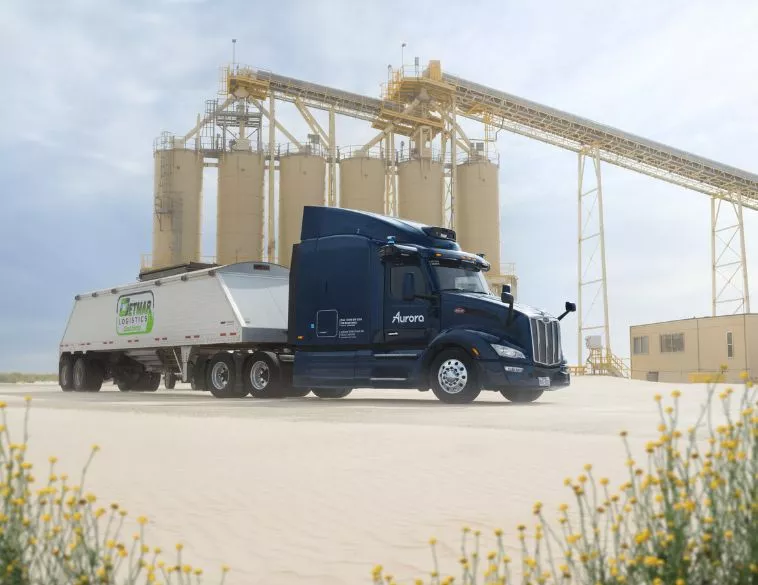Renewable Natural Gas: Key to Reducing the Carbon Footprint of Waste Collection


The collection of waste, recyclable materials, and compostable matter is increasingly being carried out using trucks powered by compressed natural gas. In some cases, the source of this gas is rather surprising.
The collection of waste, recyclable materials, and compostable matter is increasingly being carried out using trucks powered by compressed natural gas. In some cases, the source of this gas is rather surprising.
Biomethanization allows for the production of gas from biological waste, which, once purified, can be used in the same way as compressed natural gas in vehicle engines. This is known as R-CNG, or renewable compressed natural gas. Numerous facilities in Canada transform organic waste from municipal collections, agricultural or forestry residues, or gases emitted by landfill sites to produce this gas, which is then injected into the distribution network.
The waste management firm Waste Management is one of a number of companies with these types of projects in Canada. In some municipalities, where they offer waste collection services, their trucks proudly display this notice: "What if your waste fuelled this truck?" This notice reminds local citizens of the importance of responsible waste management practices.
It's worth noting that natural gas molecules, whether from fossil fuels or renewable sources, are identical and impossible to distinguish.
However, the key difference lies in production costs, which explains the substantial price variation since the renewable version costs nearly twice as much. Why would a company or a municipality pay significantly more for exactly the same product distributed through the same pipelines?
An under-utilized fuel
“A growing number of transport fleets and contractors are interested in it to meet their decarbonization targets," explains Elaine Arsenault, Senior Advisor, Media and Public Affairs at Énergir. We inquired about the current market demand for this type of gas, to which she replied: "The demand for R-CNG in the transportation sector is still in its early stages. Currently, the transportation sector represents less than 1% of all distributed volumes. We have plenty of room to grow, we offer this renewable alternative to carriers who want it, and we see no constraints to this growth. Our target for 2030 is to ensure that R-CNG accounts for at least 10% of our total customer supply volume."
Choosing renewable natural gas is therefore more of an environmental commitment than an economic one. Even factoring in the higher price paid to support renewable production, the natural gas alternative remains an interesting choice. According to data shared by Énergir in March, at $1.52 per litre for diesel, an equivalent litre of compressed natural gas costs $0.76, while the renewable version will be $1.47 at the pump.
At its core, the advantage of the natural gas option is that it emits 23% less greenhouse gases during combustion than diesel. In addition, operators appreciate that, on average, the engine produces 10 decibels less than the diesel version.
A product to be valued
Nicolas Perrino, Director of Public Affairs at EBI Environnement explains that his company offers integrated waste management to their clients, whether they are municipalities or private companies. In fact, this company, with numerous branches, also contributes to the supply of the renewable natural gas network by recovering biogas emanating from the landfill sites it manages.
"Fleet operators are adopting compressed natural gas largely due to cost considerations," explains Perrino. "We're also seeing interest in renewable gas among clients committed to carbon footprint reduction." Adopting this fuel alternative also helps municipalities and companies enhance their community standing and public perception.
As part of the public hearings related to Bill 81 of the Ministry of Environment, Fight Against Climate Change, Wildlife and Parks, EBI Énergie submitted a brief to the Quebec National Assembly last January, suggesting an inclusive and coherent approach that combines government environmental ambitions with economic and logistical realities. This document highlights that Quebec possesses abundant organic byproducts from agricultural, forestry, and dairy operations. Converting decomposition gases into energy would prevent these emissions from directly entering the atmosphere, creating an exemplary model of circular economic principles.
The gas of carbon negativity
In this document, Richard Prévost, representative and trainer at EBI Énergie, states: "The real decarbonization index must consider the complete life cycle of fuel (well-to-wheel) rather than being restricted to the exhaust." His explanation challenges conventional zero-emission definitions, since renewable compressed natural gas can actually achieve carbon-negative performance, depending on the organic feedstock used in its production. Fleet managers should take note of this approach for its significant potential to reduce operational carbon footprints. With its exceptional greenhouse gas reduction profile, renewable natural gas offers a compelling solution for meeting the upcoming 2027 EPA standards.
An accessible solution
EBI Environnement is a good customer of Groupe Labrie, which transforms and adapts trucks for waste and recyclable materials collection. "Collection trucks running on compressed natural gas are not new," said Louis-Charles Lefebvre, Groupe Labrie’s Regional Sales Manager. "Depending on the chosen configuration, the version of a waste collection truck using compressed natural gas adds several tens of thousands of dollars to the bill. The company must also ensure access to refuelling facilities. But I insist that the return on investment is real — natural gas provides measurable fuel cost reductions, a factor of paramount importance to operations managers."
In fact, A natural gas-powered truck shares similarities with electric vehicles—operators must monitor range capabilities and schedule refuelling time accordingly. Similar to electric vehicles, both rapid and overnight refuelling options exist, with the slower option typically utilized when trucks return "home" for the night. "When it comes to operational range, I can guarantee that all of Groupe Labrie offerings feature high-capacity systems designed for a minimum of twelve consecutive hours of operation without interruption," adds Lefebvre.
Fossil fuel costs, along with the availability or absence of purchase incentives, directly influence waste collection vehicle sales figures. Similar to electric vehicle trends, adoption rates form a distinct pattern across North America, with markets in both eastern and western regions demonstrating up to an 80% preference for this environmentally-advantageous technology.
Manufacturer Groupe Labrie offers a multitude of solutions for trucks powered by compressed natural gas, specifically designed for waste collection. These purpose-built units can be mounted on chassis from any major manufacturer, according to customer specifications. The company markets these specialized vehicles across North America under its Labrie, Wittke, and Leach product lines.




